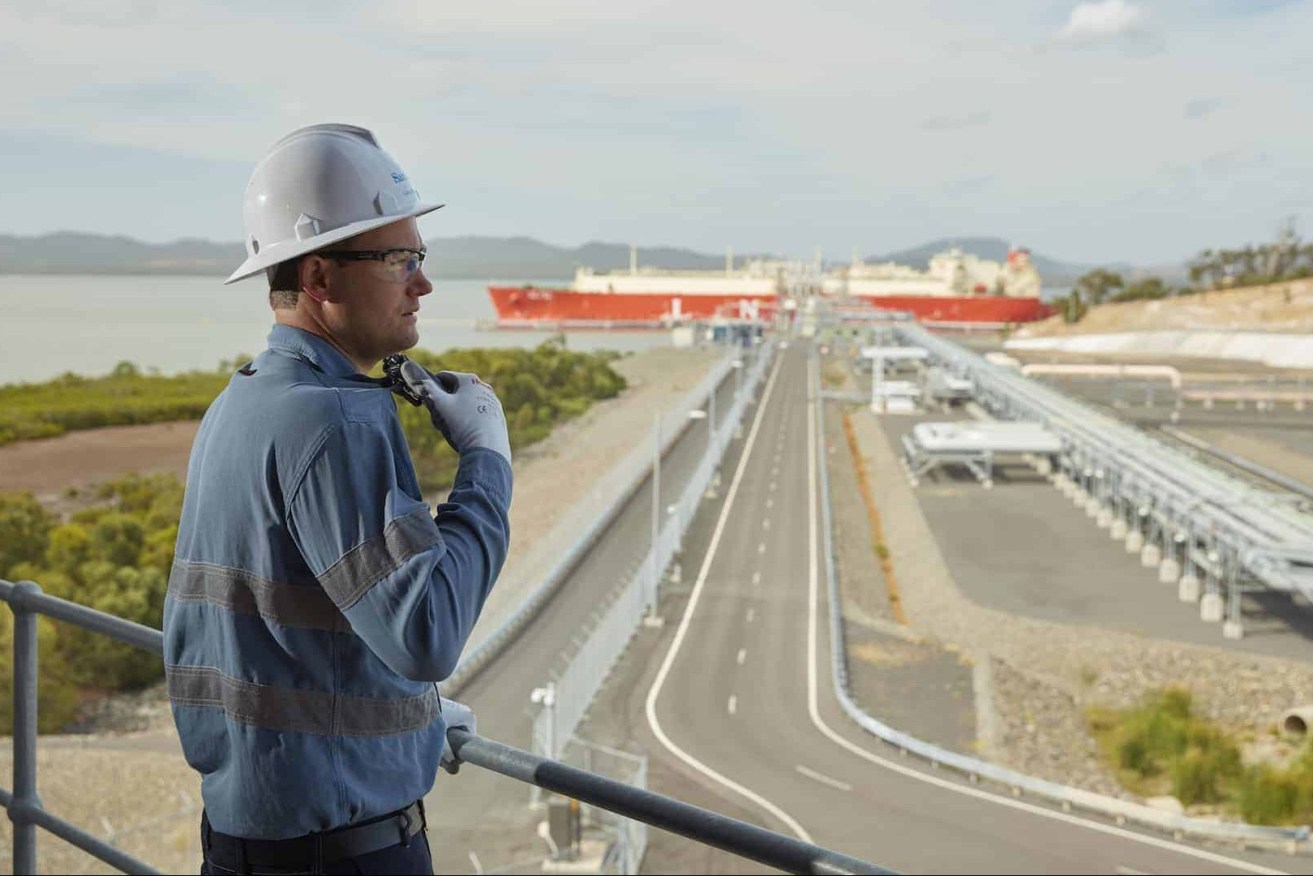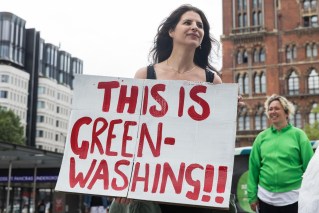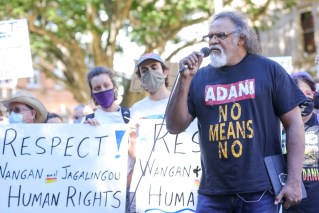Exports top $300b but coal, gas producers looking at leaner times
The value of Australian resources exports is expected to reach almost $300 billion this financial year but coal and gas producers are looking at much leaner futures, according to a report from the Department of Industry’s chief economist.


Santos's Curtis Island LNG project near Gladstone
The reduction in expected revenue to more than $240 billion will have a significant impact on Queensland which is major gas and coal producer.
The hard coking coal spot price is forecast to ease from $US183 a tonne ($298) in 2019 to average around $US155 in 2022 (in real terms), due to a combination of soft demand growth and the ramp-up of new capacity. The report does not take into account the latest falls in the Australian dollar, which would offset price declines.
The price is then expected to gradually recover, reaching around $US167 a tonne in 2025 (in real terms).
Australia’s export volumes are forecast to grow from 184 million tonnes in 2018–19 to reach 205 million tonnes in 2024–25 as new mines ramp up.
The real value of Australia’s metallurgical coal exports, which comes mostly from Queensland, is projected to decline from a record of $44 billion in 2018–19 to $35 billion in 2021–22, before eventually increasing to around $38 billion in 2024–25.
“Over the medium term, the price is projected to recover. A modest lift in the real price to $US167 a tonne by 2025 is projected, as supply growth slows relative to demand,” the report said.
“China represents the biggest risk to the outlook for metallurgical coal, as a result of ongoing uncertainty surrounding its import policies, the pace of its economic growth and the unfolding impacts of COVID-19, and the pace at which scrap steel usage grows.
The outlook for thermal coal used in electricity generation is also weaker. The report said the real value of Australia’s thermal coal exports was projected to decline sharply from $26 billion in 2018–19 to $21 billion in 2019–20. Export earnings are then expected to edge down and level out in the $17-20 billion range through to 2024–25, in real terms.
Australian LNG export prices are expected to decline in 2020, before gradually rising then falling again, tracking oil price-linked contract prices (at which most Australian LNG is sold). Queensland has three of the major LNG exports based at Gladstone’s Curtis Island.
Australia’s LNG export volumes are forecast to rise from 75 million tonnes in 2018–19 to 81 million tonnes in 2020–21, as the last two projects in Australia’s recent wave of LNG investment ramp up, before edging back down to 80 million tonnes by 2024–25.
The real value of Australia’s LNG exports is forecast to decline from $51 billion in 2018–19 to $49 billion in 2019–20 and $44 billion in 2020–21, and remain in the $44 to $47 billion range to 2024–25.












